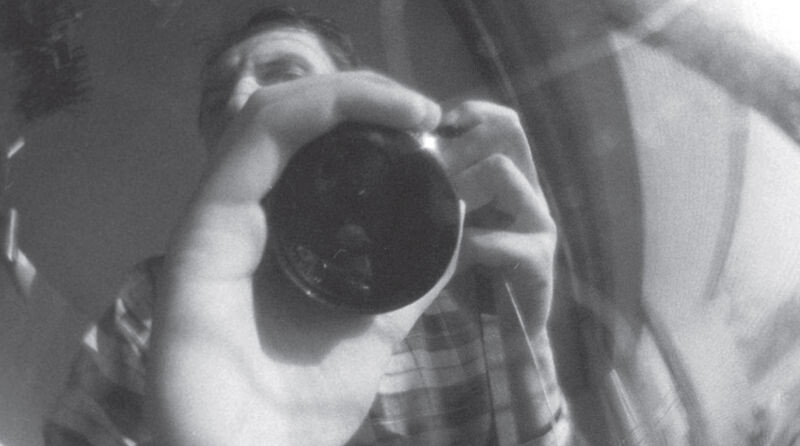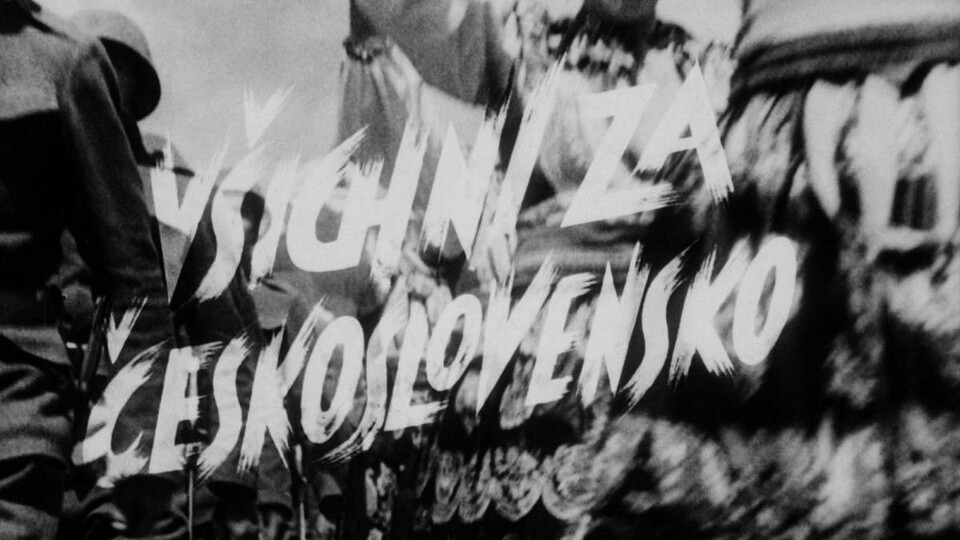How and why a book on Slovak auteur documentary films was created
The idea to write a comprehensive monograph concerning creative documentary films made in Slovakia within the span of 25 years (1989-2014) arose after writing a few studies that have been published in domestic academic journals or in summary journals from conferences. Gradually I began to realize that our country lacks a comprehensive overview of the developmental transformations in the field of documentary filmmaking after the year 1989. For a long time, the last synthetizing work was the historical overview of non-fiction cinema by Václav Macek called the History of Slovak documentary film, originally titled K dejinám slovenského dokumentárneho filmu (1992). Several scattered studies that partially mapped events in the documentary film field in certain time periods existed, but there were not many. After deciding to write the monograph, problems regarding its structure, theme division and the arrangement of chapters arose. It was an issue concerning methodology. From the beginning, I knew that I did not want to create an encyclopedic and historical overview of all films, from which the reader would not learn the details of the means of dramaturgical work, the rhetoric and poetics used when constructing the account by individual directors. He would not be able to peek into the kitchen and see their directing approach and would not find out in which ways they differ from one another, respectively what connects them to each other. I put emphasis on the interpretation of major works and the description of creative auteur methods and the most interesting topics. In this respect, I had to deliberately narrow down the conceptual framework of the book.
The first part of the publication is made up of an extensive theoretical introduction, which attempts to answer the question of what is meant by the term creative documentary film. I decided that I would prioritize and dedicate time to feature length documentary films with a noticeable authorship. After the year 2000, Slovak documentaries enjoyed their golden age. Feature film significantly tailed behind this success. Directors such as Peter Kerekes, Marko Škop, Juraj Lehotský, Jaro Vojtek, Robo Kirchhoff, Zuza Piussi and others, filmed distinctive auteur feature documentaries that have been particularly successful at international film festival competitions. Meanwhile, each one of them was using different creative methods. There was a problem when characterizing films from the period 1989 - 2000. At this time documentary film was not something considered to be suitable as an individual feature product destined for cinema distribution. Therefore, I had to subject the selection of interpreted works to further review and attempt to capture this period in a way in which I could also characterize this period using the most important feature-length titles and determine a turning point in which the above-mentioned generation of directors (Generation 90) took the baton with their renowned new creative approaches.
The years 1989 - 2000 were turbulent times. Directors were dealing with the Communist past. They tried to record political and social changes, they responded to the emergence of a market economy, the division of Czechoslovakia and in politics they dealt with mečiarism (note: Mečiar was Slovakia’s prime minister at the time). After the demise of the state monopoly, private production companies were created, for example, Febio F. Fečina in Prague engaged a number of Slovak creatives, who in the span of a day lost their creative background at Koliba. It was within this atmosphere of the late nineties, that the Department of Documentary Filmmaking of FTF in Bratislava played a crucial role. Strong personalities, who connected over the desire to shoot at any cost, to test the boundaries of documentary film, to author transformations of reality and to search for new means of self-expression through documentary film met here. This was despite the resulting discomfort, without an institutional background, and with no significant state support. This renaissance of the form and director exchange really occurred and continues to this day. After the year 2012, the creators of Generation 90 went into feature film and numerous new documentary film debuts appeared. Today's new generation of filmmakers has yet to deal directly with the elite status of their predecessors, who have set the bar too high for creative documentary. But even this myth must be overturned once and documentary work will shift to new highs and it will respond to new challenges. After 2012, other phenomena began appearing in cinema. These are film-documentary medallions, honoring famous people known from fields other than film: showbiz, hockey, church and so on. Critics shake their heads when it comes to their formal execution, but these films attract crowds of domestic audiences. Documentary film has found itself facing new challenges. Do you shoot an auteur film for festivals or a film for the crowd without creative author ambition?
My book is primarily intended for all who like quality documentary film who want to find out something about it, and I'll be glad if it encourages other filmmakers to shoot their own creative auteur films.


